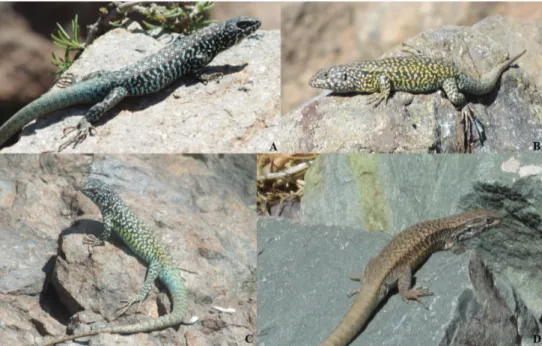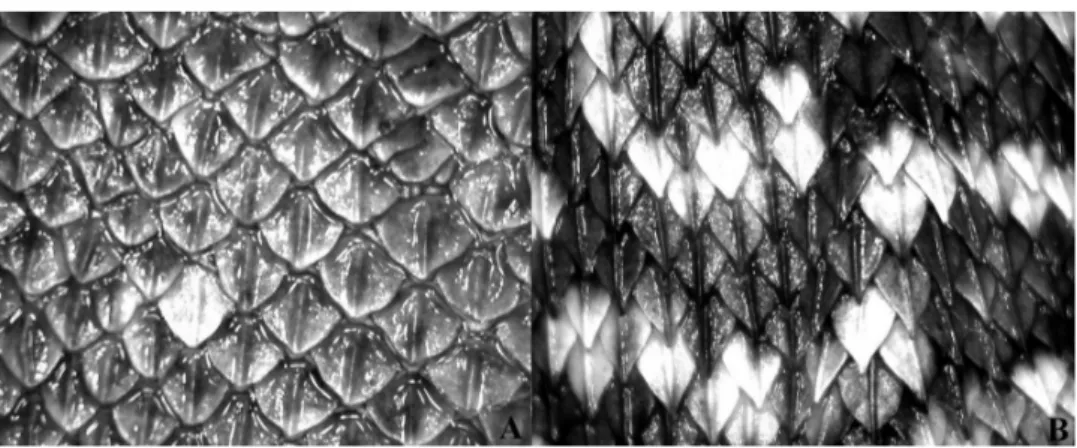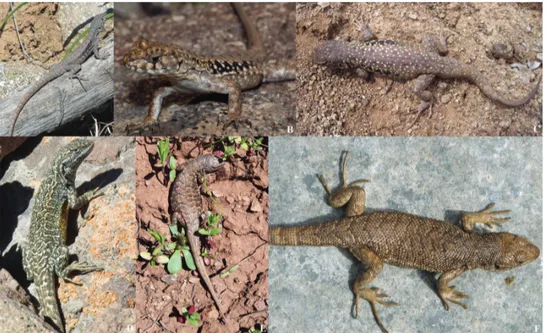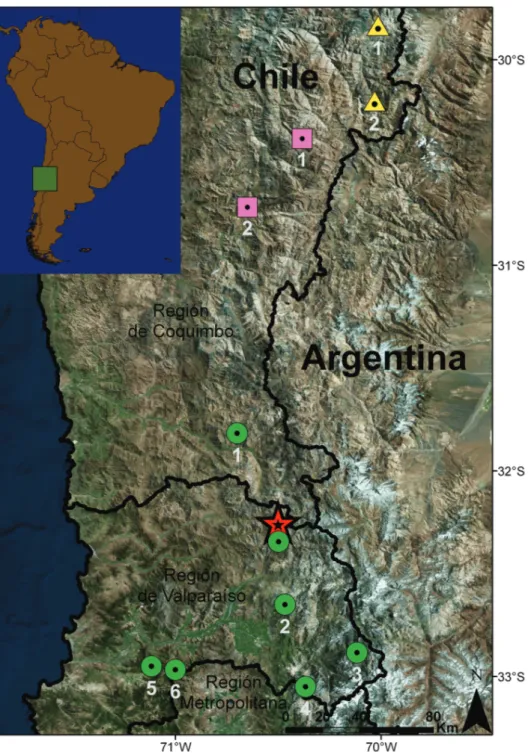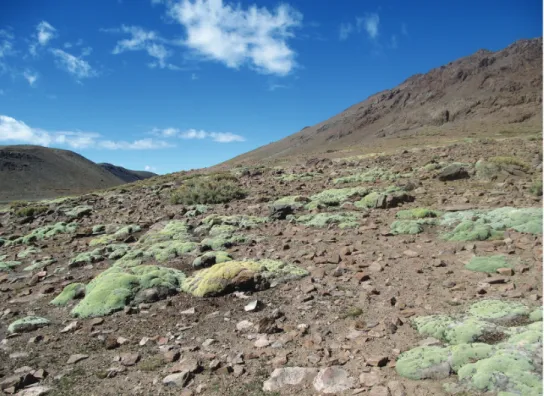A new species of Liolaemus related to L nigroviridis from the Andean highlands of Central Chile (Iguania, Liolaemidae)
Texto completo
Figure
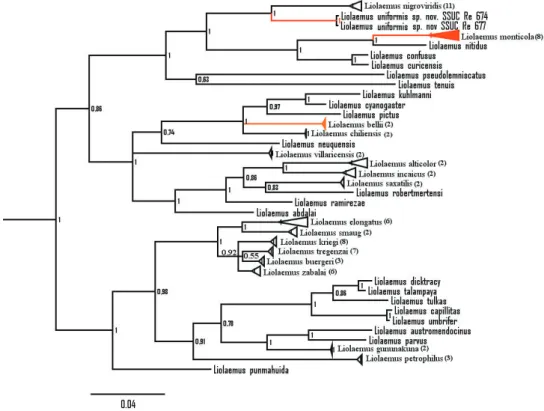
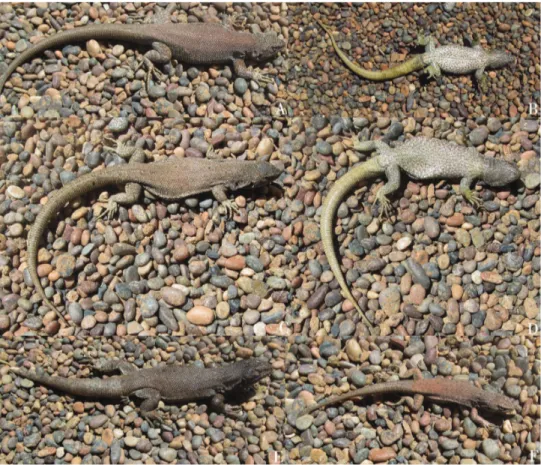
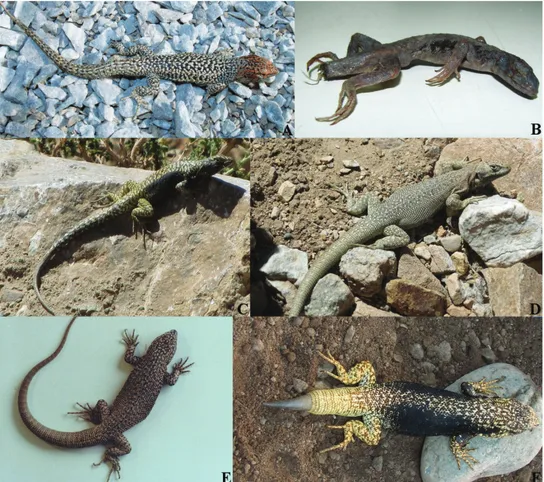

Documento similar
A new species of Euzetia (Monogenea: Monocotylidae) on the gills of Rhinoptera bonasus (Rhinopteridae) from Ciudad del Carmen, Campeche, México.. Una especie nueva de
No obstante, como esta enfermedad afecta a cada persona de manera diferente, no todas las opciones de cuidado y tratamiento pueden ser apropiadas para cada individuo.. La forma
In addition to two learning modes that are articulated in the literature (learning through incident handling practices, and post-incident reflection), the chapter
naledi differs from Middle Pleistocene (MP) and Late Pleistocene (LP) Homo (here we include specimens sometimes attributed to the putative Early Pleistocene taxon Homo antecessor,
A new species, Mastigostyla moqueguensis Huaylla & Llalla, is described from the Andes of Moquegua in southern Peru.. Mastigostyla, which belongs to the tribe Tigridieae, is
Finally, we would like to point out the polyphasic taxonomic approach of 11 ‘Candidatus’ to new species of the genus, ten of them isolated from clinical samples, which imply
These users can be common users of the Observatory’s public website (general audience), the graduates involved in the Observatory’s studies, the Spanish universities that
— Tachigali rodolfo-rocioii distintivamente se reconoce por que las ramas y eje de la inorescencia son escasamente pubérulas con pelos cremosos, estípulas y domacio
